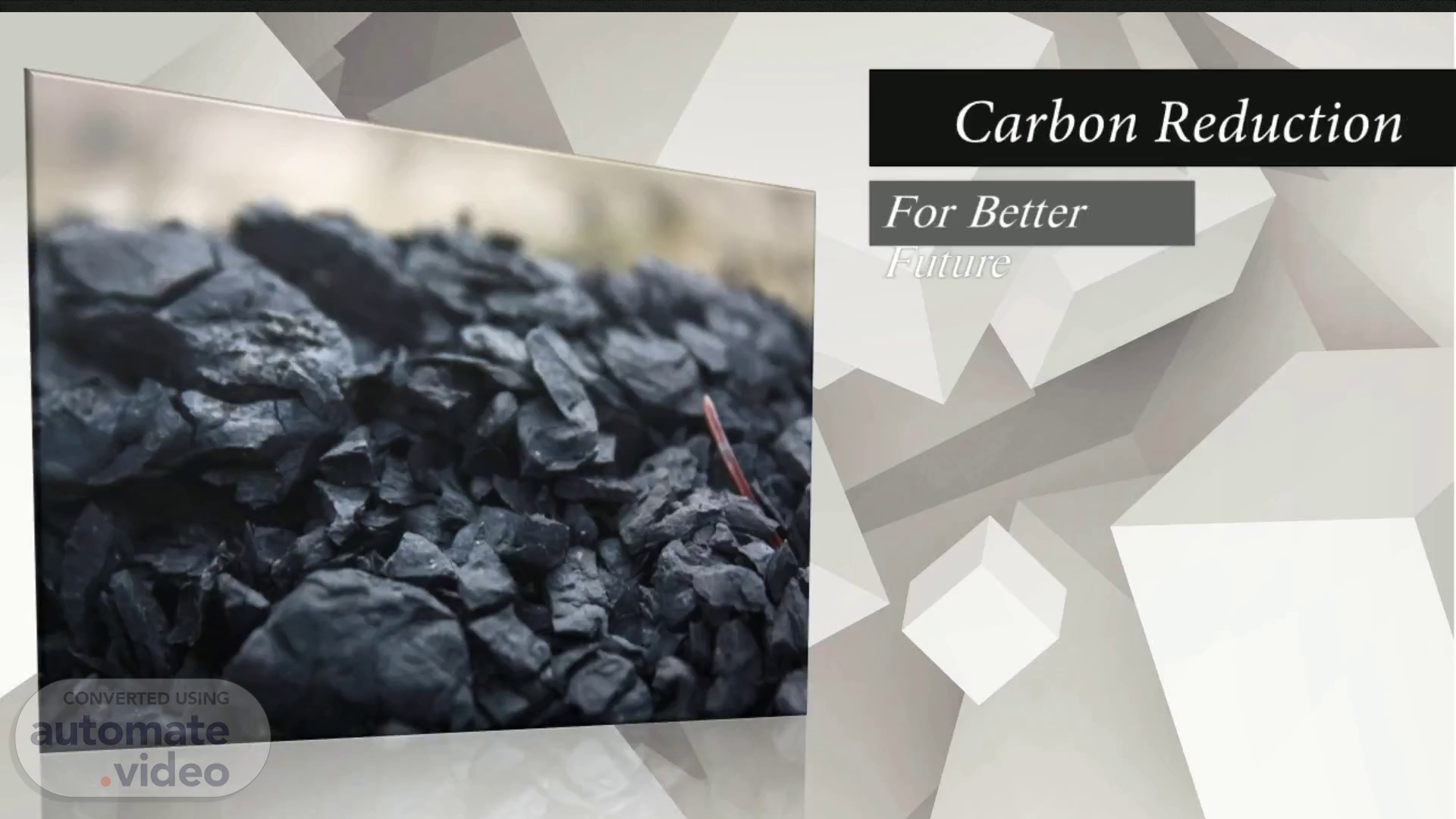Scene 1 (0s)
Carbon Reduction. For Better Future. Bar graph with downward trend with solid fill.
Scene 2 (15s)
Reduce. Recycle. Reuse or Repair. Reduce CO2 Production.
Scene 3 (27s)
Removal of CO2 in the Atmosphere. QQ QQ QQ. There are two ways of removing carbon, the first way is Genuine carbon removal lowers atmospheric levels of carbon dioxide by capturing carbon dioxide from the air and putting it in long-term storage. Long-term storage options includes geographical formation, the deep ocean, minerals, biochar, trees & soils and long-lived products such as cement. While the second way is Conventional carbon capture and storage(CCS) captures carbon dioxide released by burning fossil fuels and puts it into long-term storage. This prevents that fossil carbon from entering the atmosphere, but it does not directly reduce atmospheric carbon dioxide levels..
Scene 4 (1m 5s)
BREIF. Carbon capture and sequestration/storage (CCS) is the process of capturing carbon dioxide (CO2) formed during power generation and industrial processes and storing it so that it is not emitted into the atmosphere. CCS technologies have significant potential to reduce CO2 emissions in energy systems. Facilities with CCS can capture almost all of the CO2 they produce (some currently capture 90 or even 100 percent). This explainer provides an overview of CCS technology, including how it works, where it is currently used in.
Scene 5 (1m 33s)
HISTORY. Co-founder and co-CEO Jan Wurzbacher, 38, was just 25 years old when Climeworks was launching in a world where the idea of carbon removal was largely seen as a distraction. “We just went on and didn’t listen too much” to the doubters, he said..
Scene 6 (1m 46s)
Artist rendering of the new carbon capture and sequestration plant announced by Climeworks in June. This new plant, called Mammoth, will take between 18 to 24 months to build and will have a capacity to capture 36,000 metric tons of carbon dioxide per year..
Scene 7 (2m 21s)
Methods Of Capturing CO2. The system works by pulling air into a large air contactor system, which looks like a cooling tower with a series of giant fans. The air comes in contact with a potassium hydroxide solution where a chemical reaction happens. It is here that the CO₂ molecules chemically bind to the potassium hydroxide, trapping them in a liquid solution.
Scene 8 (2m 43s)
Method Of Storage. The system works by pulling air into a large air contactor system, which looks like a cooling tower with a series of giant fans. The air comes in contact with a potassium hydroxide solution where a chemical reaction happens. It is here that the CO₂ molecules chemically bind to the potassium hydroxide, trapping them in a liquid solution..
